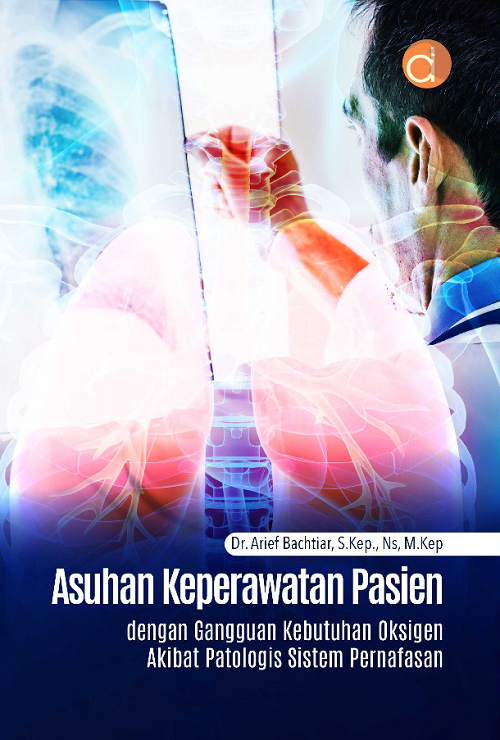Procedure for Managing and Emptying Wound Drainage Systems
 |
| https://www.freepik.com/ |
Definition
This procedure outlines the steps and equipment necessary for safely managing and emptying wound drainage systems, including Vacutainer and constant vacuum systems like Jackson-Pratt drains. It covers preparation, determining system details, setting up equipment, emptying the drainage reservoir, assessing drainage, post-drainage care, and, if applicable, removing the drain. The procedure ensures proper hygiene, accurate measurement of drainage, and appropriate care of the wound site to prevent infection and promote healing.
Goals
The goals of the procedure for managing and emptying wound drainage systems are:
- Ensure Accurate Measurement: Accurately measure the volume and characteristics of the drainage to monitor the patient's healing progress and detect any complications.
- Ensure Proper Functioning of the Drainage System: Verify that the drainage system is functioning correctly and that the vacuum is reestablished after emptying.
- Provide Effective Post-Drainage Care: Inspect the wound site, change dressings using sterile technique, and secure the drainage system to ensure continued effectiveness.
- Observe for Bleeding: Monitor the drainage for signs of bleeding, which can indicate complications or issues with the wound healing process.
- Educate the Patient: Inform the patient about the importance of keeping the drain lower than the insertion site and any other relevant care instructions.
Indication
This procedure is indicated for post-operative patients.
Equipment Preparation
- Gloves (non-sterile)
- Specimen container or graduated measuring cylinder
- Alcohol swabs
- Vacutainer or constant vacuum system (e.g., Hemovac or Jackson-Pratt drain)
- Gauze sponges
- Sterile dressing
- Disposable drape
- Measuring cup
- Waterproof pad
- Personal protective equipment (e.g., goggles or face shield)
Procedure
1. Preparation:
- Pprivacy.
- Perform hand hygiene.
- Put on gloves.
2. Determine System Details:
- Identify the type of drainage system.
- Note the number of drain tubes.
- Assess the expected drainage from each tube.
3. Set Up Equipment:
- Place an open specimen container or graduated measuring cylinder on the bed.
4. Emptying the Drainage Reservoir:
- For Vacutainer or constant vacuum systems:
- Open the plug on the port used for emptying.
- Tilt the evacuator toward the plug.
- Slowly squeeze the two flat surfaces together while tilting the evacuator toward the graduated cylinder.
- Allow contents to drain completely into the graduated cylinder.
- Cleanse the port and plug with an alcohol swab.
- Place the evacuator on a flat surface and press down until the bottom and top touch.
- Hold the bottom and top together with your non-dominant hand and replace the plug with your dominant hand.
- Ensure the evacuator is working properly and that the vacuum is reestablished.
5. Assessing Drainage:
- Place the drainage system below the wound site.
- Assess the drainage, noting its characteristics and volume (serous, sanguineous, serosanguineous, purulent).
6. Post-Drainage Care:
- Discard the drainage in the commode.
- Inspect the skin and change the dressing using sterile technique.
- Secure the gauze sponges according to the physician's or your preferred taping technique.
- Remind the patient to keep the drain lower than the insertion site.
7. Removing the Drain (if applicable):
- Ensure the patient's physician and your agency support this action.
- Place a disposable drape next to the insertion site.
- Inform the patient about potential discomfort and pulling sensation.
- Remove the drain gently and quickly, holding gauze in place to prevent spraying.
- Use the dressing to remove any remaining drainage around the wound or insertion site.





Leave a Comment